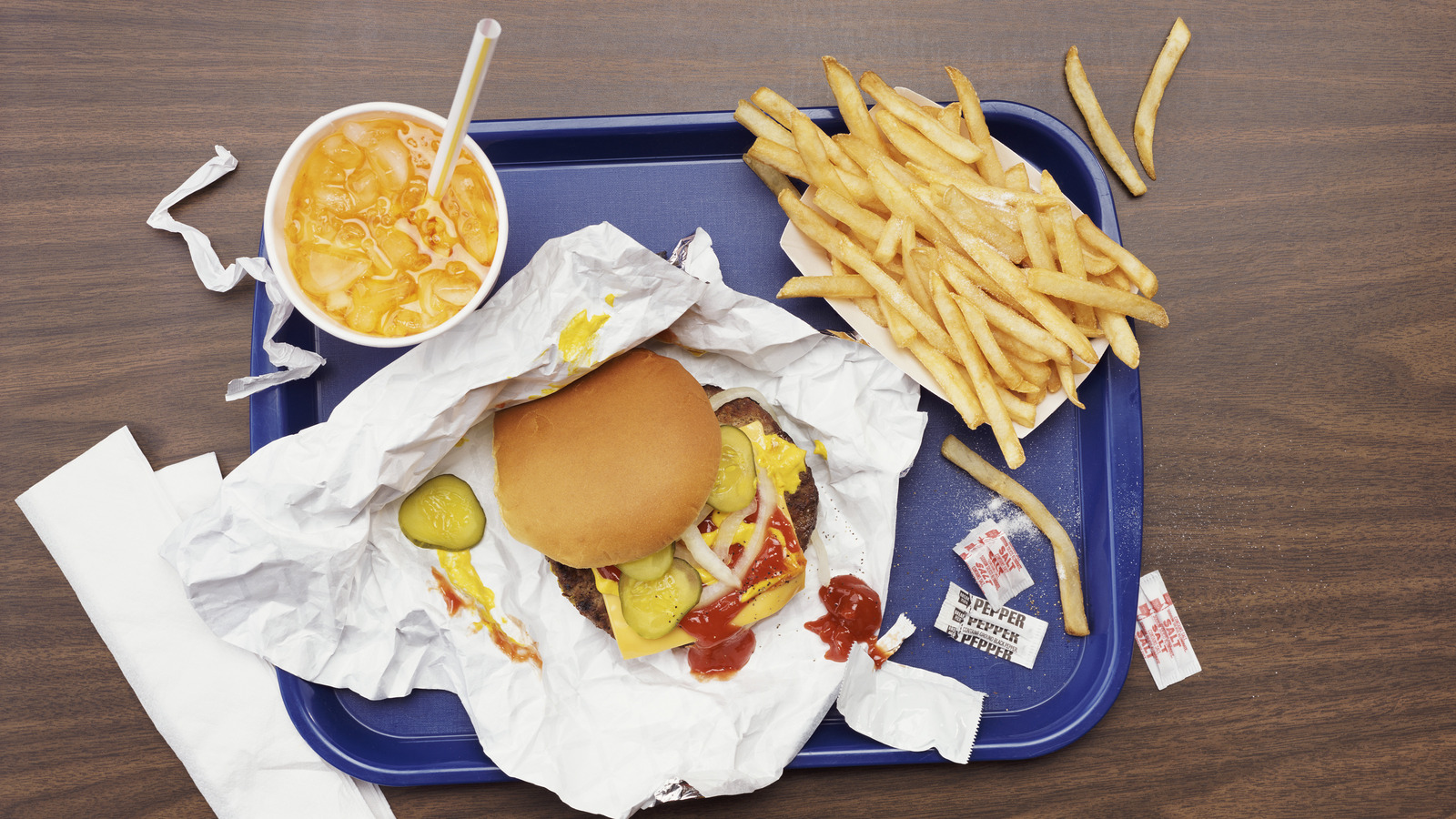Fast food is famous for two qualities: it's fast, and it's cheap. And while it's as fast as ever (maybe even faster thanks to ), it's not quite so cheap these days. The price of a Big Mac meal with medium fries and a drink has hit nearly $14 in New York City.
And that's not just an isolated example — prices in the limited service meals and snacks category, which includes fast food chains such as McDonald's, Burger King, and Chick-fil-A, increased by over 34% from 2019 to 2024, according to the . That easily outpaces the overall inflation rate of 23% during that period. One alternative for inflation-weary consumers has proven to be full-service chain restaurants — you know, the Applebee's and Chili's of the world.

The price gap between fast food and chain restaurants is narrowing for many reasons, but one of the biggest is labor costs — fast food restaurants are more heavily impacted by rising labor costs than full-service chains. How chain restaurants are competing with fast food In New York City, home of the $13-plus Big Mac meal, you can (at the time of writing) purchase a classic Applebee's burger and fries for $15.99.
The restaurant is also currently running a promotion where customers can get two entrees and an appetizer for just $25. Applebee's on a date night might be fancy (according to Walker Hayes), but it's also a darn good deal, even compared to McDonald's. Other full-service chains are leaning into the low-cost trend.
Chili's recently launched a new Big Sma.























